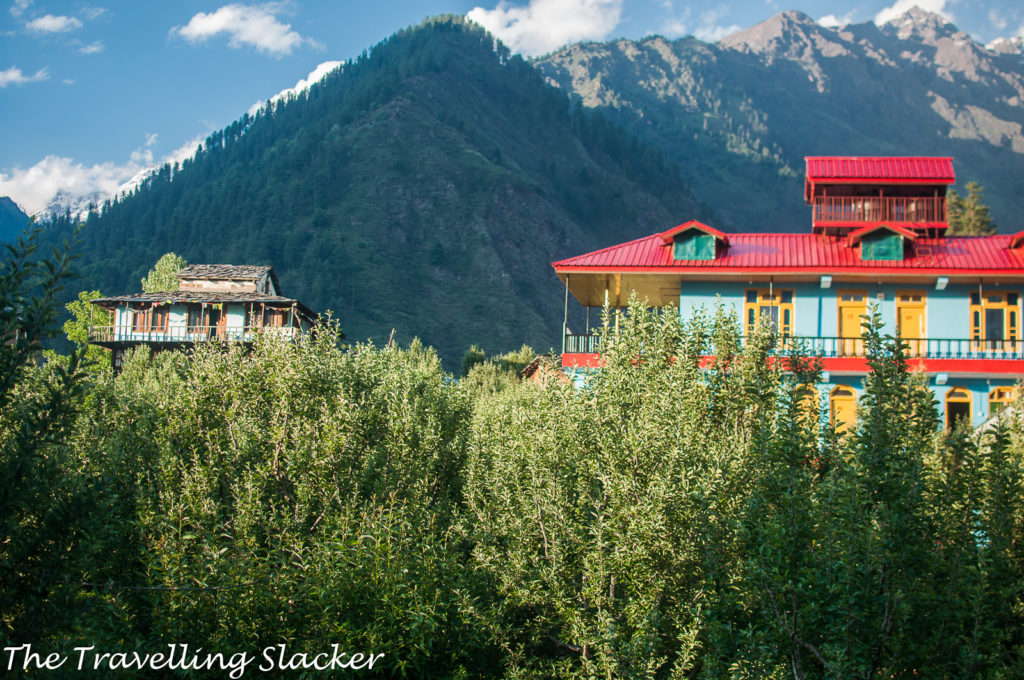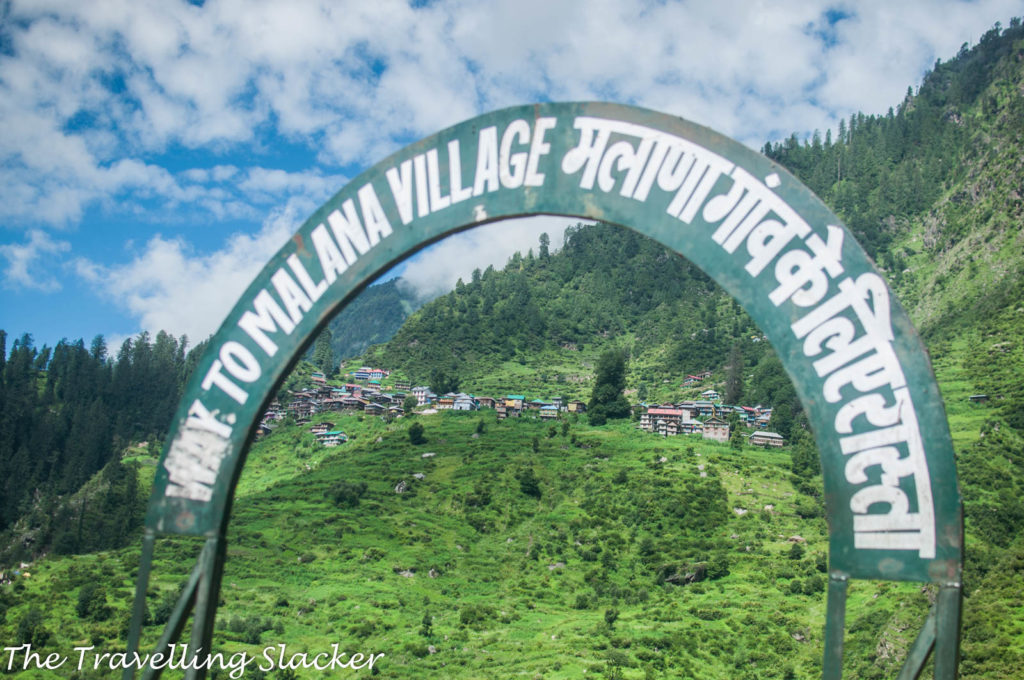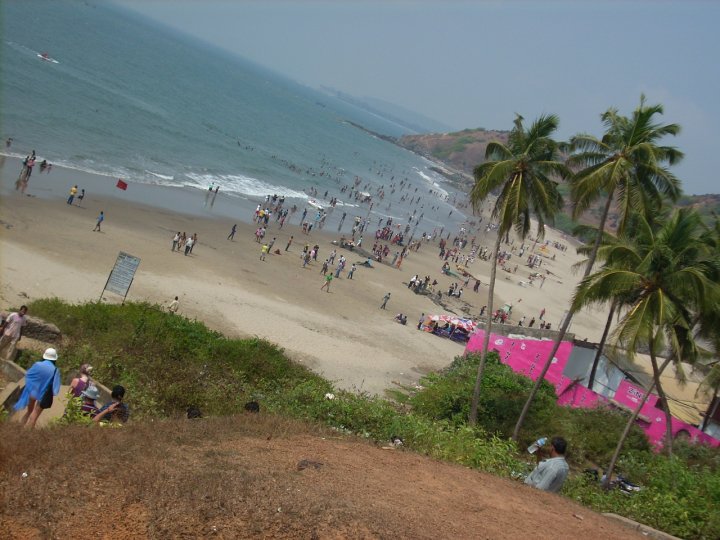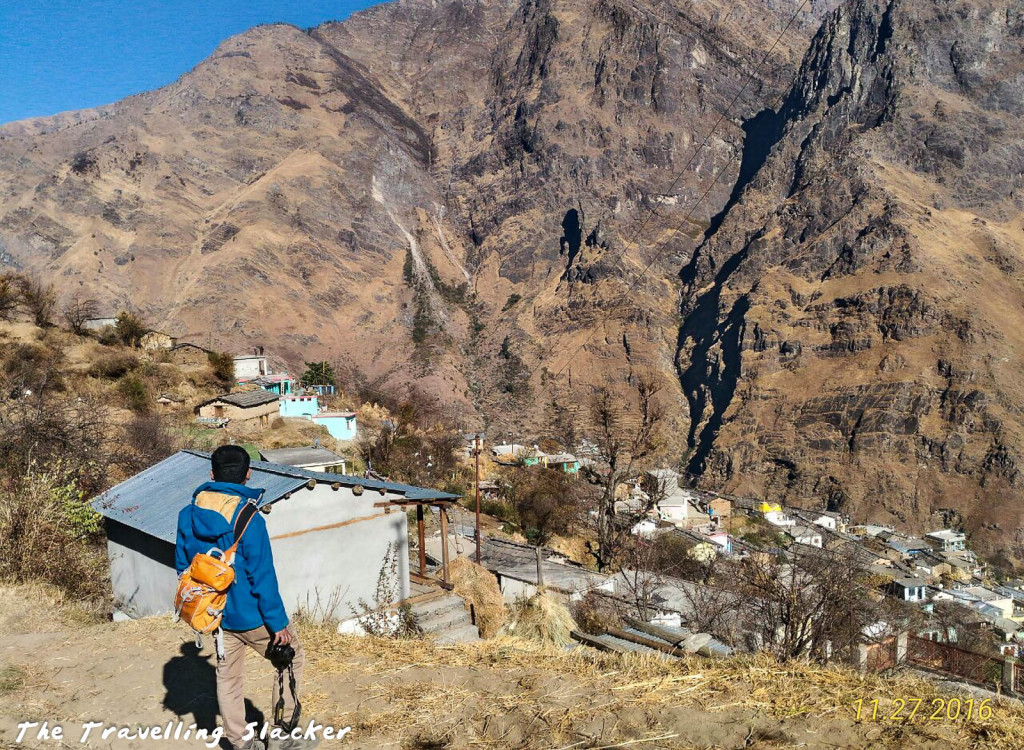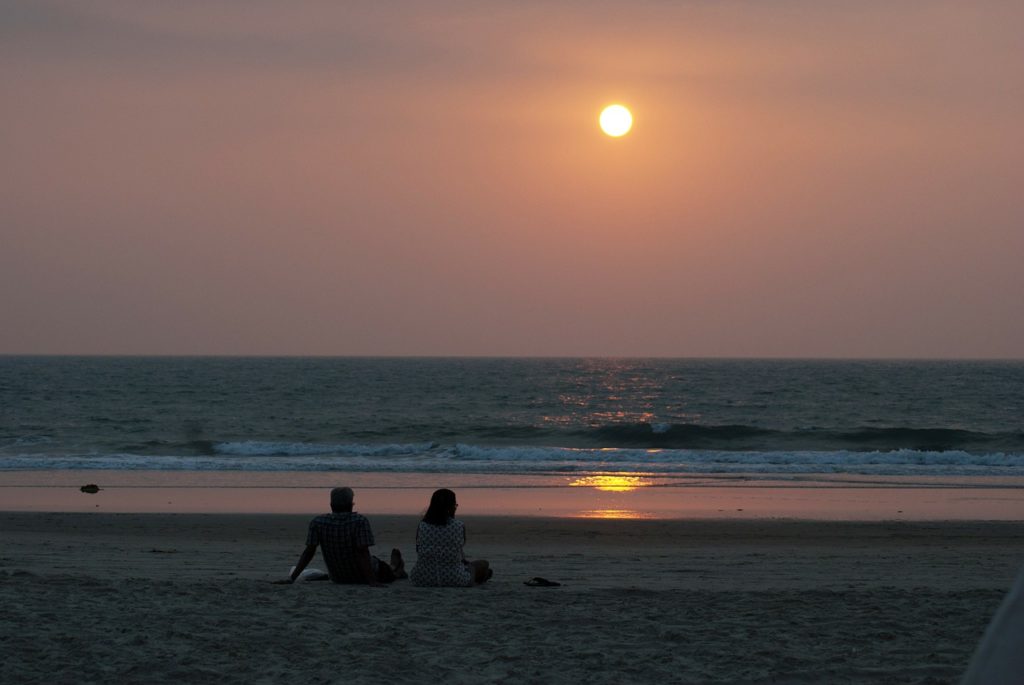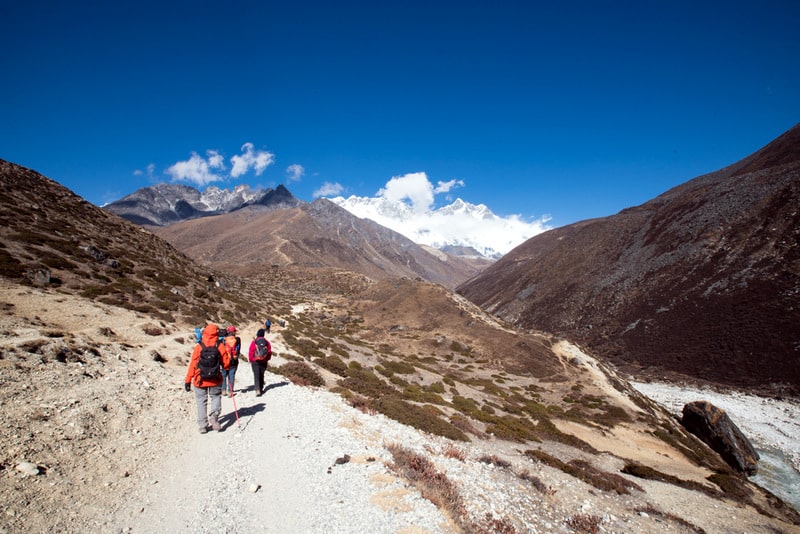Are you a seasoned backpacker planning a protracted trip away from the grid? If so, you’ve probably pondered on reliable power solutions that will keep your gadgets charged throughout the journey. Backpackers are now spoilt for choice when it comes to off-grid power solutions.
Your considerations should include efficiency, durability and portability. Solar has risen as an indispensable solution for recharging electronics in the wilderness. Other technologies – like hand-cranked generators or battery packs – continue to evolve, offering practical solutions to get you through a long stint in the wild.
For all your electrical queries and information about energy-efficient solutions for life off-grid, The Local Electrician is your go-to resource hub. They offer specialist advice to ensure you’re well prepared and equipped for your next off-grid adventure.
Benefits of Going Off-Grid
There is an increasing interest in backpacking off the grid, and the benefits aren’t confined to just freedom and tranquility.
Why go off-grid on my backpacking trips?
Going off-grid gives you independence from power grids, reducing reliance on fossil fuels enhancing resilience with sustainable energy sources.
What does energy independence mean?
Energy independence means not relying on grid electricity. You produce your own power, either through solar panels or wind turbines.
Is it expensive to set up off-grid power?
The initial setup costs of going off-grid can be expensive. However, over time, these systems tend to pay for themselves with reduced energy bills.
What challenges could I face going off-grid?
Certain struggles of going off-grid include the initial investment, occasional maintenance and adjusting to new power limitations.
Can I go fully off-grid for a long-term backpacking trip?
You have the ability to go completely off-grid during long-term trips by making careful preparations and investing in quality equipment.
Preparation: Sizing Your Off-Grid System
Before heading into the wilderness, proper planning is critical. The first step is understanding your power needs for a successful backpacking experience.
You should carefully evaluate each electrical item you plan to take with you. Factors to consider include the wattage of your devices and their usage duration.
- Determine your daily power demand: Sum up the total power consumption of all your devices in watt-hours, over the period they’ll be used.
- Select the most efficient storage system: Choose either a solar charger or a portable battery pack based on your demand analysis.
- Account for weather-related unpredictability: Solar panels might not produce optimal output during cloudy days. Therefore, it’s crucial to have a backup plan in place.
- Choose appropriate-sized equipment: Based on your power demand, choose a right-sized solar panel or battery pack to meet your requirements.
An ideal off-grid system lets you enjoy your backpacking trip without worrying about running out of juice for essential devices. A well-thought-out setup will surely prove helpful.
Building an Off-Grid Solar Power System
Your first step to going off-the-grid is understanding your power use. Start by assessing your daily energy needs.
Solar panels are the heart of any system. They convert sunlight into electricity which powers appliances and stores power for later use.
A solar charge controller ensures your batteries aren’t overcharged. This essential device extends battery life and improves system performance.
Deep cycle batteries store the power generated by your solar panels, ensuring you have a reserve for when sunlight is scarce.
An inverter converts DC power from your battery into AC power, which most of your appliances will require to run efficiently.
- Calculate your energy needs: Consider everything that uses power during your backpacking trip; smartphones, GPS devices, lighting, etc.
- Select suitable solar panels: High-efficiency models are beneficial on long trips as they charge faster under optimal conditions.
- Pick a proper solar charge controller: Always choose one capable of handling the maximum current from your solar panel array.
- Choose the right deep cycle batteries: These are designed to be discharged and recharged many times without degradation.
- Purchase an efficient inverter: The size depends on your total power load. Aim for an inverter that comfortably handles it.
The quality and longevity of each component directly influence the durability and efficiency of your system. Choosing superior products ensures you’re set for success.
You’ve now set up a reliable, functional off-grid power system. Go ahead and enjoy your backpacking trip without ever running out of power!
Setting Up a Wind Turbine System
You may wonder about the efficiency of wind power during long-term backpacking trips. The potential benefits, though, can be massive.
Understanding Wind Energy
Wind energy proves reliable in various climates. Your location factors into your system’s success, making topographical analysis crucial to effective setup.
Understanding wind patterns helps determine turbine placement. Mountainous or coastal areas often offer strong, consistent winds for efficient power generation.
Selecting Wind Turbines
Several wind turbines are suited for backpacking. Research their variations in size, weight, and power output to identify the perfect fit for your needs.
Bear in mind that lightweight, compact turbines prove ideal for minimal space use and easy transport – significant aspects to consider during your long-term trip.
Installment and Maintenance
The installation process is user-friendly. However, thorough reading of the manufacturer’s instructions ensures proper setup and optimal performance.
Regular system checks are critical. They help confront any technical issues early on, guaranteeing the longevity of your eco-friendly power source while backpacking.
How to Implement a Micro-Hydro Power System
Your journey to implementing a micro-hydro power system begins with finding a water source near your camp. This could be a river or a stream.
Next, assess this water source. How fast is it flowing? The quicker the flow, the more energy you can harness from the micro-hydro power system.
- Determine the right location: Choose an area near the water source for your micro-hydro generator. Ensure it’s not prone to flooding or erosion.
- Select the appropriate generator: Not all generators are designed equally. You want one that’s durable, efficient, and suitable for your specific water source.
- Set up the distribution system: This includes pipes leading to directing water flow into the turbine. A well-established system increases power output.
- Maintain your system regularly: Regular maintenance is key. Check for leaks, damage, or blockages in your system to ensure it runs smoothly over time.
When setting up your innovative power system, safety should always come first. Carefully follow instructions and use proper safety gear when required.
You’re done! Now enjoy this eco-friendly way of sourcing power on your long-term backpacking adventure under the twinkling stars.
Developing a Biomass/Biogas Energy System
The conversion of biomass into biogas is an efficient, off-grid solution. This not only addresses power needs, but also promotes renewable energy use.
Biogas solutions utilize organic waste, converting it into a viable energy source. This leads to minimized environmental pollution and workable power for extended excursions.
- Portable Biogas Generators: These mobile solutions allow you to convert organic waste into usable energy while adventuring down the paths less traveled.
- Small Biomass Stoves: Providing heat and cooking capabilities, these compact stoves turn biofuel into flame for your camp meals.
- Solar-Biogas Hybrid Solutions: Combining solar cells with a biogas system gives you assured power, even on days when sunshine is minimal.
- Biomass Batteries: These devices harness the power of microbial fuel cells, converting organic material directly into electricity for your devices.
The main advantage of biomass/biogas solutions is their sustainable nature. By using natural materials as a power source, you lessen your impact on nature.
Fuel availability is virtually unlimited in the wilderness. Along with this, you are also playing a role in reducing waste generation from traditional energy sources.
Considerations for Energy Conservation
When planning for long-term backpacking, assessing your energy needs is essential. It’s integral to find a balance between necessity and efficiency.
Understanding Power Requirements
Your devices’ power requirements play a crucial role. Make sure you gauge the power consumption of essential items to prevent energy wastage.
Performing Regular Maintenance
Remember to undertake regular maintenance checks of your gadgets. It increases their lifespan and ensures they operate at peak efficiency.
Taking Advantage of Natural Resources
Nature offers abundant resources. Harness wind or solar power whenever possible, they provide a renewable source of energy during your adventures.
Invest in Energy-Saving Devices
You should consider investing in energy-saving devices. Compact solar chargers and hand-crank radios can prove beneficial, supplying essential power while reducing overall consumption.
Navigating Energy Storage Limitations
Your backpacking adventure doesn’t have to face interruptions due to energy storage limitations. There are many off-grid power solutions available.
Understanding Capacity
Knowing your device’s energy consumption is crucial. This helps determine which power solution best fits your needs during long-term backpacking trips.
High-capacity batteries might be ideal, but they often come with a hefty weight – not ideal for those steep mountain climbs.
Solar Solutions
Solar powered devices can compensate for energy storage limitations. They continuously harness sun’s energy, recharging themselves throughout the day.
However, these solutions perform best in sunny conditions. It’s important to consider geographical location and season before implementing this solution.
Fuel-Based Options
Fuel-based power solutions serve as a reliable backup. They’re especially useful when other sources like solar power don’t provide enough energy.
Note that fuel supplies may be scarce depending on your location. It’s better to plan ahead or have multiple sources of power available.
Maintaining Your Off-Grid System Efficiency
Efficiency is at the heart of a successful off-grid power system. Consistent maintenance ensures this, enhancing your exploratory adventures.
Regular inspection and cleaning will prevent power degradation. Dust, debris or snow can block solar panels which could impact their performance drastically.
Mindful monitoring of your system will make sure no wasted energy slips through unnoticed. Balancing power usage with production conserves energy in your pack.
Your off-grid journey doesn’t have to be a struggle with electricity. By maintaining your system efficiently, the wilderness becomes more accommodating and less constraining.
Off-Grid Freedom
Embrace your independent spirit. Experts at www.TheLocalElectrician.com.au are ready to guide you in sustainable, energy-saving strategies for your backpacking. No more limitations, power constraints, or inefficient energy use. Start your off-grid adventure today and enjoy the rewards of self-sufficiency.

